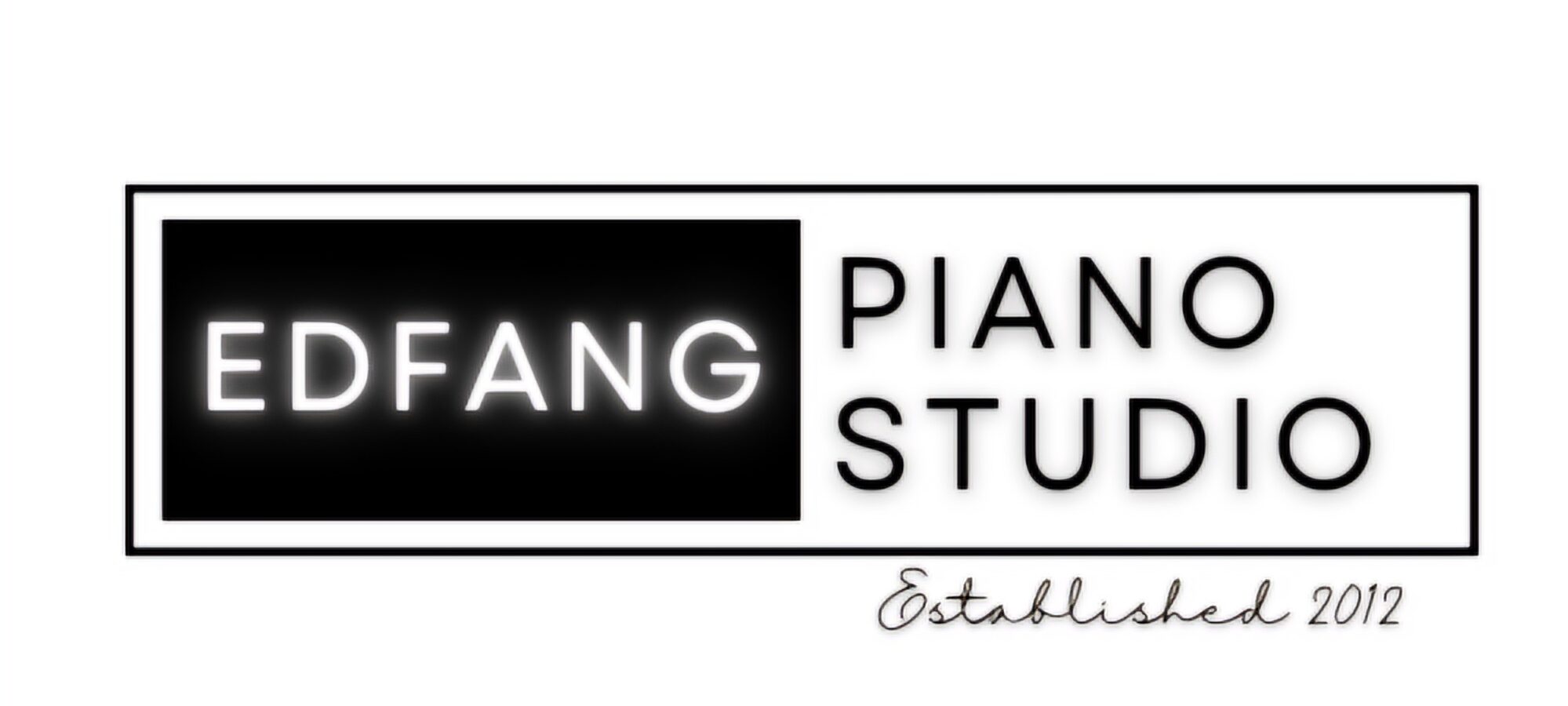
Precision, technique, and musicality need to intertwine under the right conditions to create a lasting impression on the audience. Beyond transcending the boundaries of technical mastery, one needed to be able to create a profound connection with the composers and their works. This pursuit has led me to delve into the intricate tapestry of harmony, an enchanting world of chords, progressions, and tonal (and non-tonal) relationships. Here’s how understanding harmony can help take your piano playing to the next level.
Understanding Harmony Opens Possibilities
The relationships between chords, the ebb and flow of tension and resolution, becomes a compass, acting as a guide in unlocking the essence of the music. Understanding harmony, therefore elevates interpretation, through making better informed decisions with nuanced phrasing, delicate rubato, and expressive dynamics. This breathes new life into interpretations, thus delving deeper into the core of the music. One would also have more tools to communicate the intended emotions of the composers and connect with the hearts of the listeners.
Understanding harmony will also expand your my musical palette, allowing one to explore a rich array of tonal colors and textures. By understanding the harmonic language of various composers and eras, one can make informed decisions about voicing, pedal usage, and balance. This newfound knowledge will empowered you to extract the subtle nuances and shades from the scores, adding depth and sophistication to performances.
Harmony Unveils the Essence of Musical Form
Understanding harmony is an essential key to unlocking the essence of musical form. Harmonic progression and structure play a crucial role in shaping the architecture of a musical composition. By comprehending the harmonic choices made by composers, one can gain deeper insights into the overall form and structure of a piece. Through the lens of harmony, one will better appreciate the flow of the sonorities through the contrasting sections, transitions, and climactic moments that define the overall musical form.
By recognizing the harmonic patterns and harmonic progression within a piece, one is able to anticipate the arrival of key sections such as the exposition, development, and recapitulation in sonata form or the contrasting sections in a rondo. This knowledge enables one to shape the interpretation in a way that highlights the structure and narrative of the music, captivating the listener and providing a cohesive and engaging musical experience. Understanding musical form through the lens of harmony will definitely deepen one’s appreciation for the intricate craftsmanship of composers, thus aiding one with more tools to bring their artistic visions to life.
Summary
In conclusion, understanding harmony is not only essential for elevating interpretation, expanding musical expression, and enhancing technical proficiency, but it is also crucial for unraveling the essence of musical form. By delving into the harmonic intricacies of a composition, we gain a profound understanding of the underlying structure and architecture, enabling us to shape our performances in a way that brings out the intended narrative and musical journey intended by the composers.
Through the lens of harmony, we unlock the secrets of musical form, immersing ourselves in a world of artistic expression, beauty, and creativity. Embrace the power of harmony, and let it guide you on a transformative journey as a musician.
FAQs about Understanding Harmony as a Classical Pianist
Q: Is a deep understanding of music theory necessary to comprehend harmony?
A: While a solid foundation in music theory is beneficial, one can grasp the fundamentals of harmony through focused study and practice. Resources such as textbooks, online courses, and guidance from experienced teachers can provide valuable insights into the harmonic complexities of classical music.
Q: Can understanding harmony help me with memorizing complex piano repertoire?
A: Absolutely! Understanding the harmonic relationships within a piece helps to create a mental map of the music, facilitating memorization. By recognizing patterns and connections between chords, memorizing intricate passages becomes more intuitive and reliable.
Q: How does understanding harmony improve collaboration with other musicians?
A: Understanding harmony fosters effective communication and collaboration with other musicians. By comprehending the harmonic language of a composition, pianists can better synchronize with orchestras, chamber ensembles, and vocalists, creating a harmonious musical dialogue.

